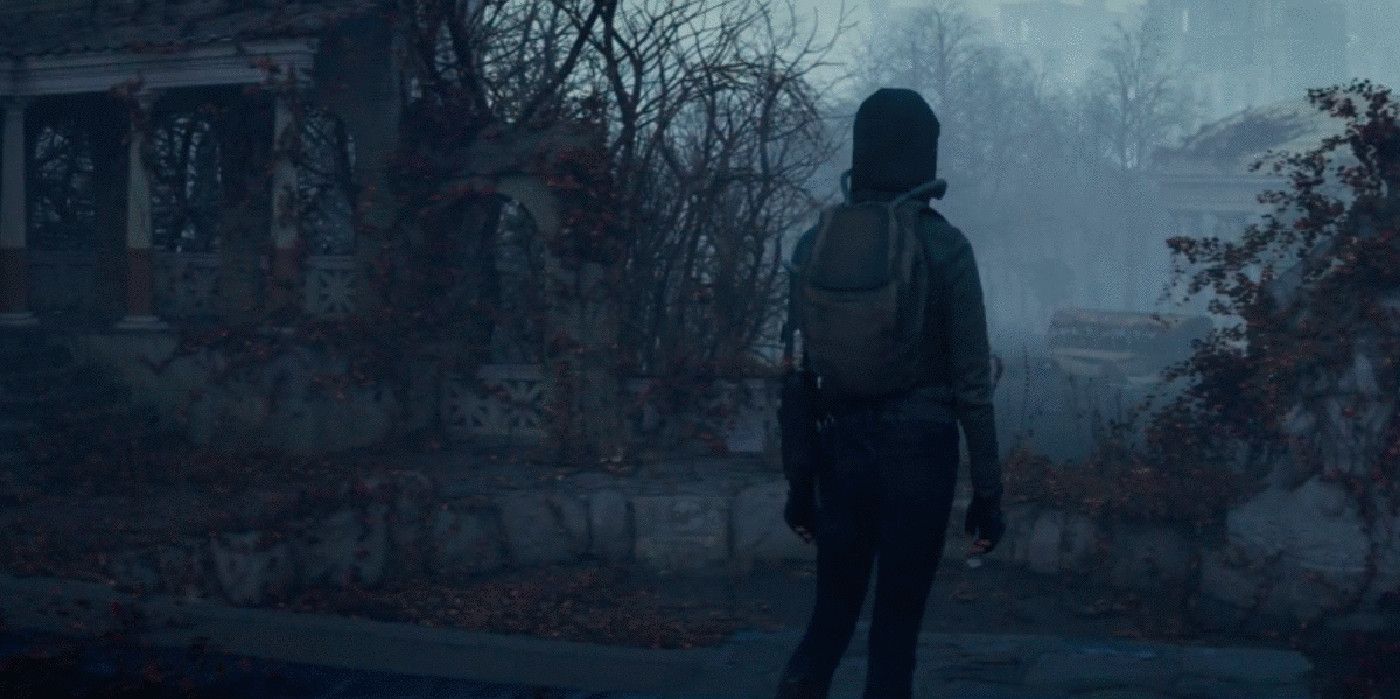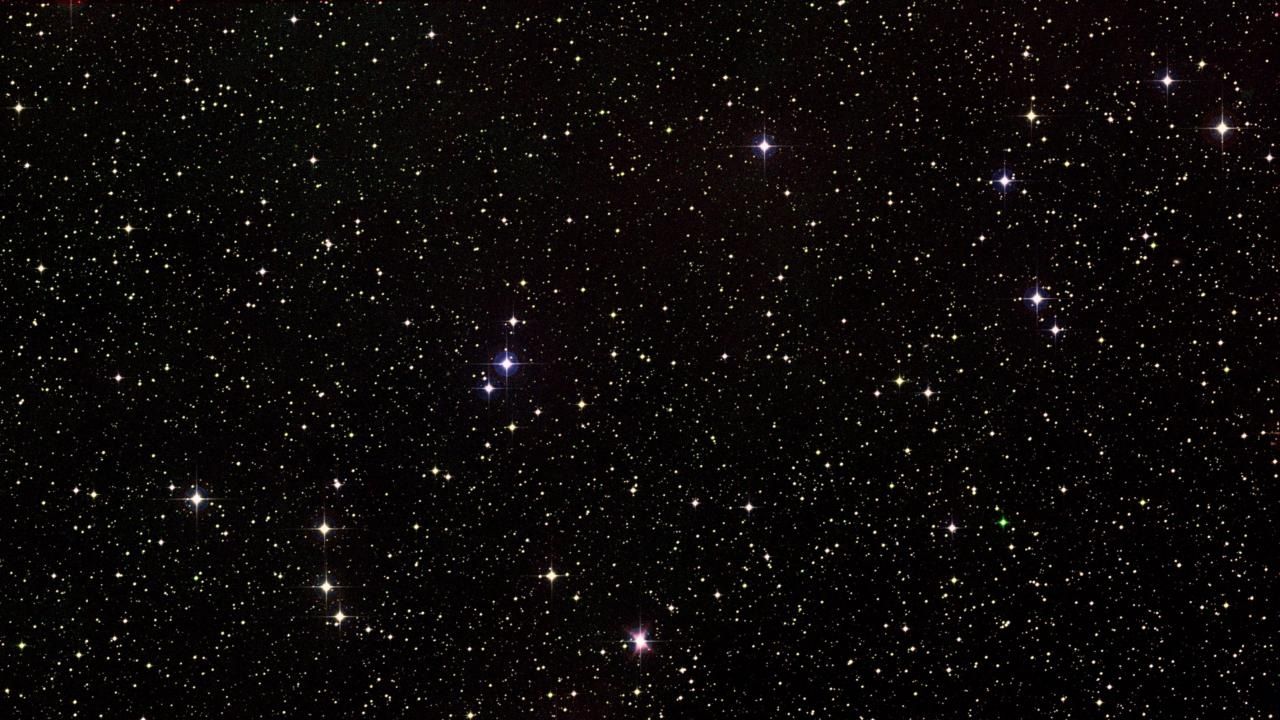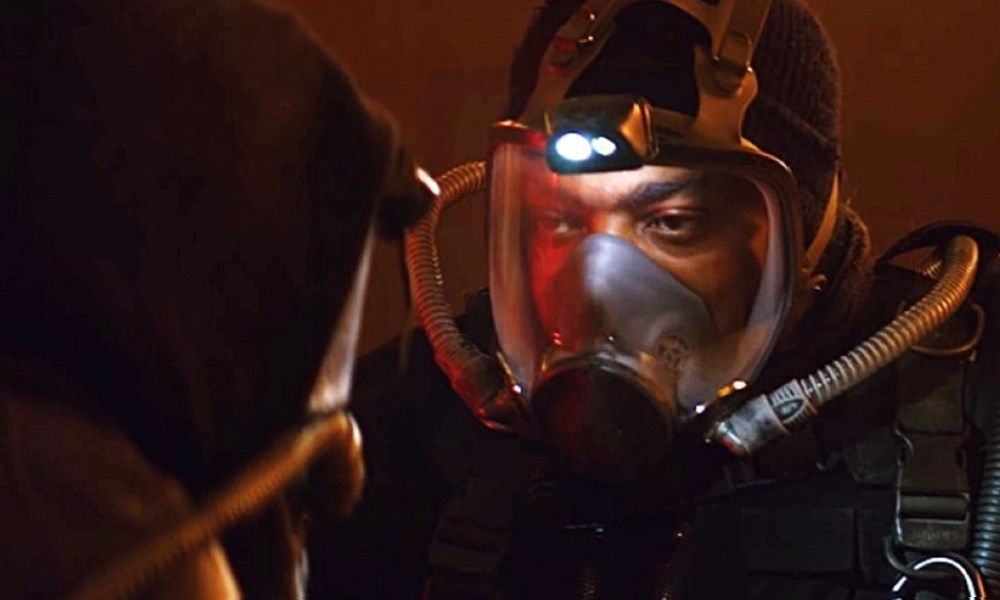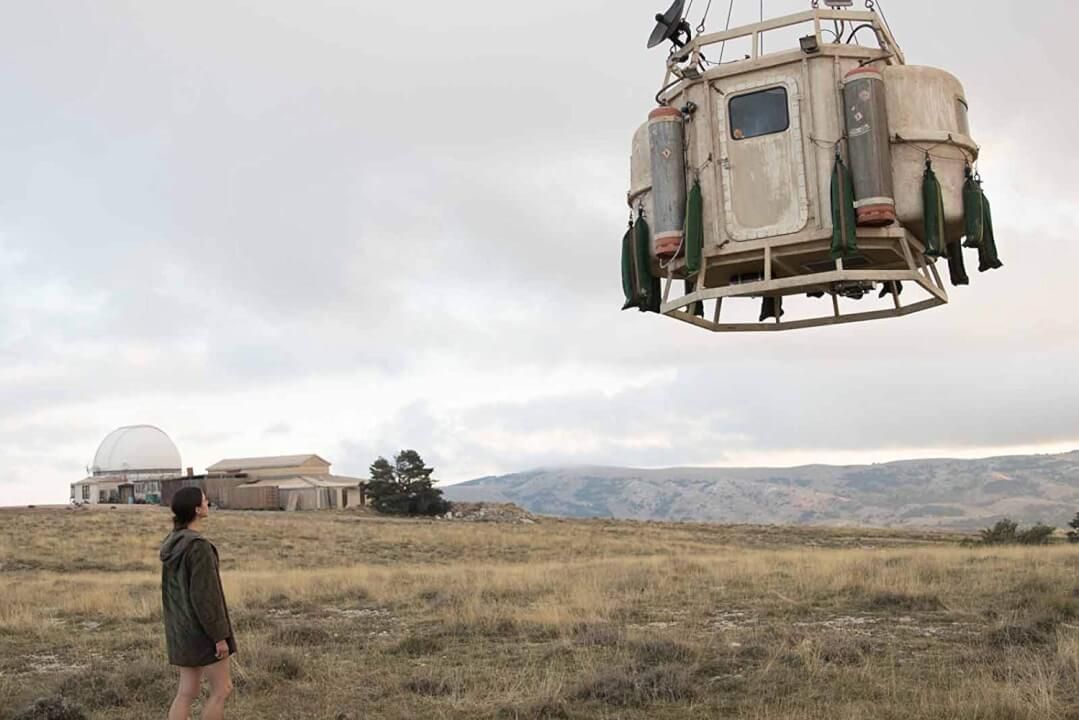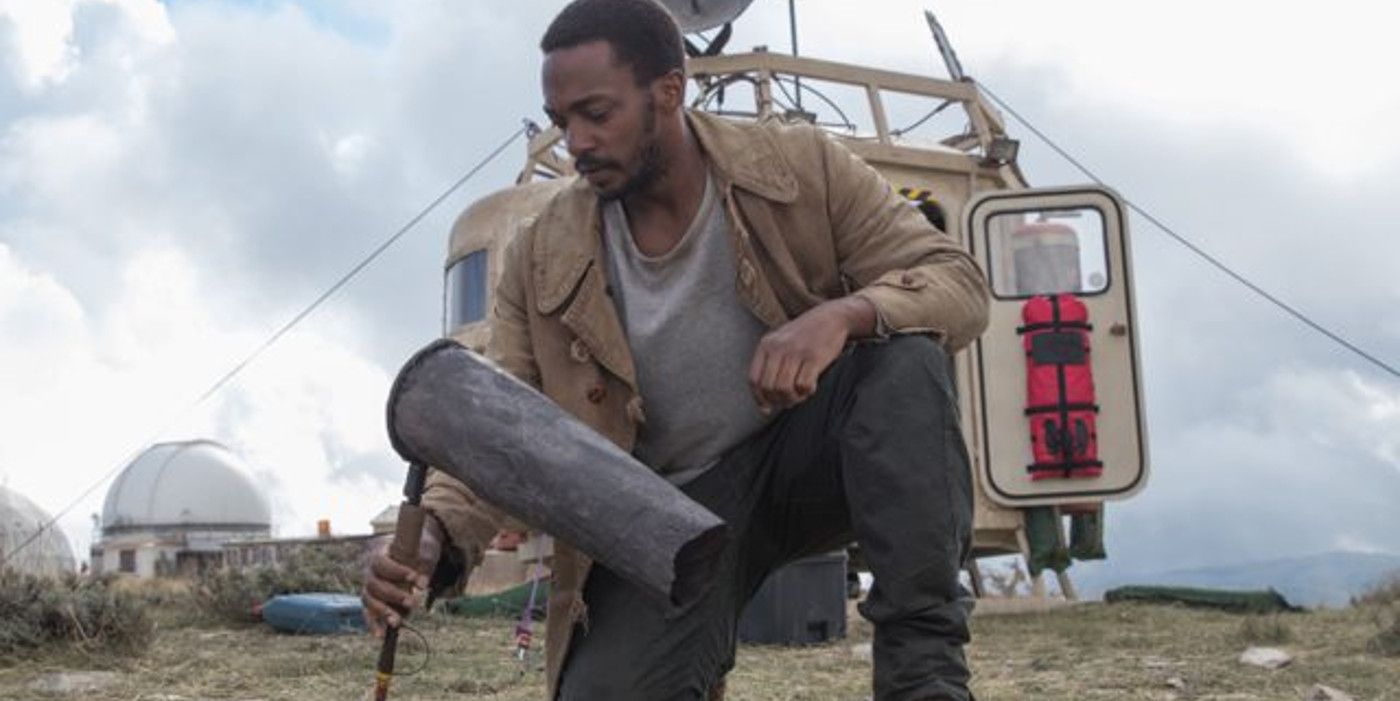Netflix has bravely addressed the very real issue of climate change in its new sci-fi title IO. The movie tells the story of Earth ravaged by climate change. It’s become completely uninhabitable to human life and our species only hope is to colonize space.
RELATED: Netflix's IO Trailer: Anthony Mackie Races to Leave a Toxic Earth
Part of the fun of the sci-fi genre is examining the science. A great sci-fi film blends accuracy and drama seamlessly to nurture the audience’s suspension of disbelief. IO, like most sci-fi films, is more fiction than science. Which parts of the film were realistic and which were total nonsense? Read on to find out.
Toxic Atmosphere
The catalyst for the human exodus from the Earth in IO is a very real possibility. As humanity’s impact on the Earth’s climate went unchecked, the atmosphere slowly became toxic. Oxygen levels went down while ammonia levels went up. If climate change continues unchecked our atmosphere could very well begin to shift.
RELATED: 10 Things Fans Missed In Netflix's IO
The science behind the toxic shift in the film is theoretically sound. Greenhouse gasses could increase to the point that our atmosphere becomes fundamentally different. The movie hits on the most sinister threat of climate change to our planet.
Discolored Flame
Several scenes in IO include an interesting method for testing the atmosphere around the characters. Sam pulls out a lighter to test if the air around her is toxic. If her flame burns purple she knows there’s danger. The color a flame burns tells a story. It indicates the temperature of the fire as well as which fuel is being burned, such as in fireworks. In theory, flames would burn different colors, even purple, in a different atmosphere.
Space Colonization
Climate change is very real. Our planet is experiencing rapid changes in weather patterns and it’s having an effect on life. If climate change were to progress without human intervention our planet could become hostile to life.
RELATED: IO Ending Explained: What Happens In The Netflix Movie (& What It Means)
The only solution at that point would be to colonize another planet or a space station like in IO. Space colonization is possible and some would argue inevitable.
Bees
Repopulating the Earth is possible but it would require massive progress in returning the atmosphere to a less toxic composition. The most helpful tool in that battle would be cultivating more and more plant life. In order to increase the flora on Earth, a healthy population of pollinators would be essential. In IO, Sam studies bees and attempts to make them immune to the toxic air around them. She recognized the importance of bees to human survival. Bee health and human health go hand in hand.
Adaptation
If humanity has any chance to survive on new Earth forever changed by pollution there’s one thing we would need above all else. To adapt to the new environment.
At the end of the film, Sam reveals that she had a dream. In her vision, she was able to remove her mask and travel freely. She could breathe without assistance. Then Sam removes her mask and is able to breathe in toxic areas. Sam later appears on a beach with a child. This implies that humanity has adapted to the new atmosphere.
Simultaneous Launch
In the opening scene of the film, the narrator explains that 100 ships left Earth. First of all, the scene depicts many more ships than just 100. Aside from that little detail, there’s one glaring flaw in the idea. 100 ships would not have launched simultaneously from earth...
RELATED: Netflix's IO Trailer: Anthony Mackie Races to Leave a Toxic Earth
The manpower needed to launch a single spacecraft is mind-boggling. Teams of engineers, flight crew, ground crew, and administrators are needed to keep every detail organized. Launching 100 ships at once would require more manpower and resources than a post-apocalyptic world could support.
Oxygen And Ammonium
One of the most controversial pieces of bad science in the movie centers around Sam’s research. She’s trying to prove that single-celled life forms could adapt to use ammonium as their primary source of oxygen. The problem here is that ammonium contains no oxygen at all. Sam’s research should have been to prove if a life form could adapt to use ammonium as an oxygen alternative, not a source of oxygen. As a scientifically literate person, Sam would have made this important distinction.
Gas Volume
When Micah arrives on the scene he travels in style. Viewers have described his homemade flying machine as a steampunk hot air balloon. That description is certainly apt. There are a few questionable scenes involving Micah and his balloon.
RELATED: 10 Best Sci-Fi Shows To Stream On Netflix
First of all, he wastes an insane amount of gas deflating his flying device. Wasting resources like that after the end of civilization would be preposterous. He then refills the balloon with two canisters. He would have needed far more gas than he’s depicted using to get his rig off the ground.
Radiation Belt
Selecting a location for colonization would be a huge undertaking. Finding a planet hospitable to human life isn’t easy. If you accept all of the science leading up to humanity’s exodus in IO, there’s one glaring detail you won’t be able to ignore. Humanity plans to colonize one of Jupiter’s moons. The problem with the choice of location is that Jupiter’s moons lie deep within thick radiation belts. There’s no conceivable way humanity could survive long term in those toxic levels of radiation.
Lack Of Sun Light
Jupiter’s moons make a poor choice for colonization for a plethora of reasons. IO’s distance from the sun makes the planet cold, hostile, and unsuitable to host a new colony of humans.
NEXT: 10 Movies More Messed Up Than Netflix's Velvet Buzzsaw
There would be no way to grow crops or produce enough food on the surface. Ambient temperatures would be so cold that heating living spaces would take an astronomical amount of resources. The effort needed to survive on IO nearly guarantees human extinction.


